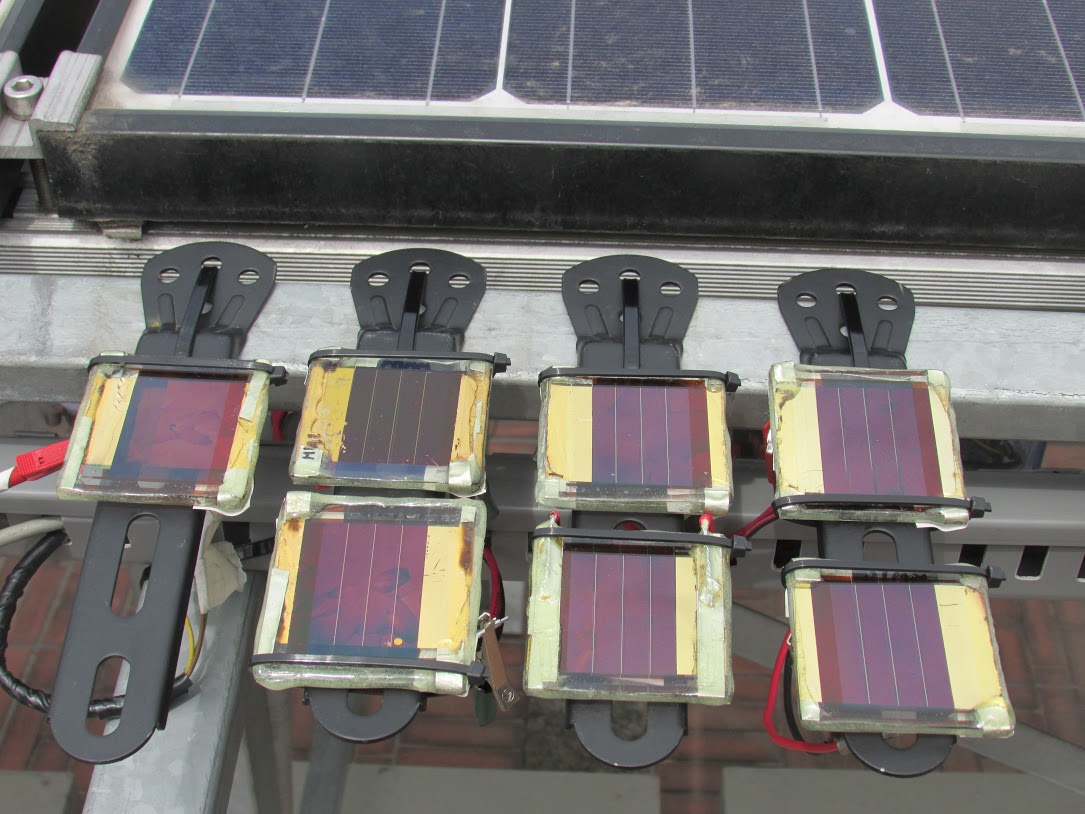For perovskite solar cells, demonstrating long term, stable performance is one of the largest remaining hurdles to commercialization. And since the technology’s behavior at many levels is quite different to that of more established PV technologies, simply applying the industry standards based on these might not paint a full picture of either the potential or the risks that come with this new technology.
When it comes to laboratory testing to confirm efficiency achievements and other aspects, an unofficial standard has emerged to account for the differences in perovskite’s behavior compared with silicon. This involves a longer exposure to light accompanied by monitoring of the maximum power point to ensure a stable measurement.
Measuring the long-term performance of a cell or module in an outdoor setting, however, is a more complex affair with many more factors to consider. And doing this accurately will be key to convincing the industry of perovskite technology’s potential, developing appropriate new standards to ensure quality, and opening up new pathways to further improve on efficiency and durability.
Ideality factor
With this in mind, scientists at Jaume I University in Spain and Colombia’s University of Antioquia developed a new methodology to monitor the outdoor performance of perovskite PV modules, utilizing the ‘ideality factor’, which measures how closely actual device performance follows the calculated performance of an ‘ideal’ device. The group noted further properties of perovskite cells, such as the weak dependence of open-circuit voltage on temperature, to develop a methodology that could both determine the lifetime of a module (the time it takes for performance to degrade to 80% of its initial value) and also to better understand and limit the mechanisms that cause performance degradation.
The methodology is described in the paper High-throughput analysis of the ideality factor to evaluate the outdoor performance of perovskite solar minimodules, published in Nature Energy. To validate it, the group fabricated ‘minimodules’ of the perovskite methylammonium lead-triiodide and placed these outdoors to gather performance data.
By monitoring the ideality factor, the group was able to monitor three separate degradation patterns in the material. And for perovskite cells and modules, they suggest that reporting data on nominal operating cell temperature could offer a high throughput method for assessing outdoor performance in the future.
“The main advantage of this approach is that it provides direct physical insight related to recombination processes,” the researchers explain. “…complementary analysis and determination of [the ideality factor] can provide critical information for device characterization and the understanding of degradation processes to accelerate the optimization of this technology or other technologies with similar properties that could be under development.”
This content is protected by copyright and may not be reused. If you want to cooperate with us and would like to reuse some of our content, please contact: editors@pv-magazine.com.




By submitting this form you agree to pv magazine using your data for the purposes of publishing your comment.
Your personal data will only be disclosed or otherwise transmitted to third parties for the purposes of spam filtering or if this is necessary for technical maintenance of the website. Any other transfer to third parties will not take place unless this is justified on the basis of applicable data protection regulations or if pv magazine is legally obliged to do so.
You may revoke this consent at any time with effect for the future, in which case your personal data will be deleted immediately. Otherwise, your data will be deleted if pv magazine has processed your request or the purpose of data storage is fulfilled.
Further information on data privacy can be found in our Data Protection Policy.